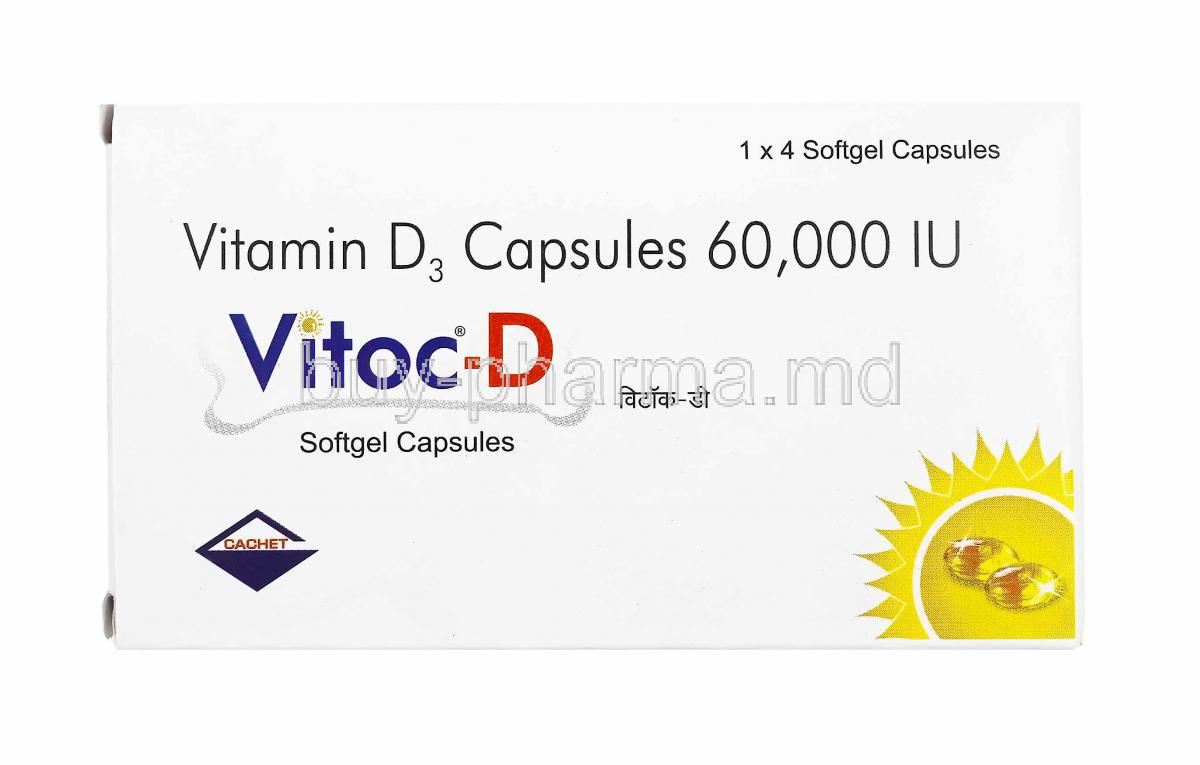

There is an emerging consensus that serum 25-OHD 3 levels of about 75 nmol/l are optimal for bone health and extraskeletal effects ( 6, 7). Consequently, improvements in the detection and treatment of vitamin D deficiency may have a major health impact. A rapidly growing body of evidence indicates that vitamin D deficiency may play a role in the development of common cancers, autoimmune diseases, infectious diseases, and cardiovascular diseases ( 1, 3, 5). However, vitamin D receptors are also present on a large variety of extraskeletal cell types, including cardiomyocytes, vascular endothelial cells, neurons, immune cells, and pancreatic β-cells. Vitamin D deficiency is well known for its musculoskeletal complications in children and adults ( 1, 3, 4). In Germany, for example, 57% of the 18–79-year-old residents are vitamin D deficient, and this is mainly explained by the lack of sufficient sunlight exposure and low dietary vitamin D (2). As a result, vitamin D deficiency, defined as a serum 25-hydroxyvitamin D 3 (25-OHD 3) level <50 nmol/l, is very common in Northern Europe.

Vitamin D status is related to sunlight exposure and therefore depends on latitude (1).


 0 kommentar(er)
0 kommentar(er)
